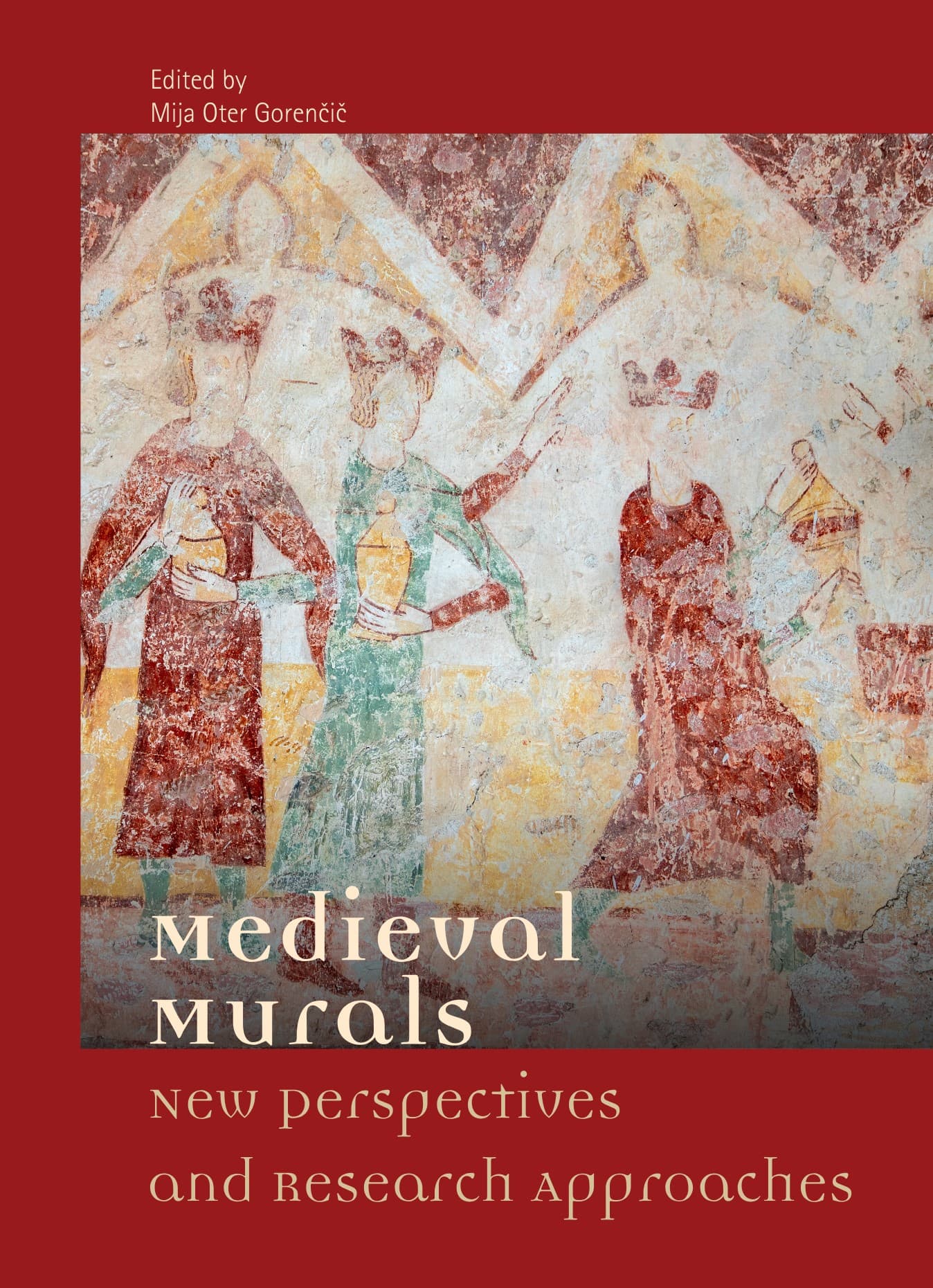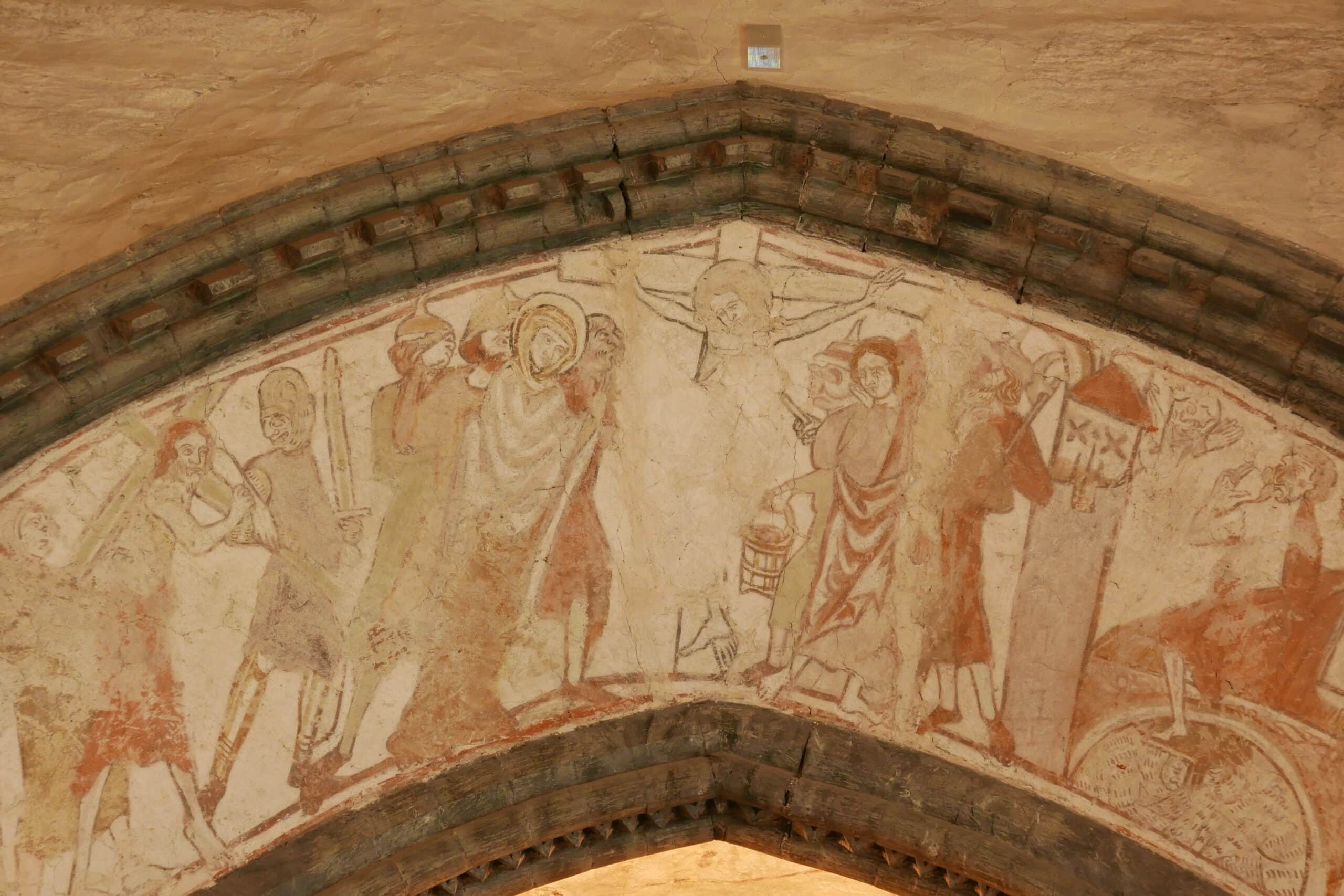Elisabeth Andersen
- Art Historian —
- Forsker —
- Kunsthistoriker —
- Researcher
- Built Heritage —
- Bygning

Remember—it’s restored! During the 19th century, major changes were made to the interiors of Norwegian churches. These transformations were just as, if not more, radical than those of the Reformation era. The restoration pioneers of the 20th century also left their mark on the church spaces. NIKU’s major research initiative explores this dynamic.
The major transformations that took place in church interiors during the 19th century—and the subsequent restorations in the 20th century—have greatly influenced how we perceive, interpret, preserve, and restore ecclesiastical art.
With the 20th century’s renewed interest in older church art, many interiors were “restored” according to contemporary interpretations of medieval or Baroque church spaces, often at the expense of 19th-century furnishings. Wall paintings were rediscovered and uncovered, and older inventory pieces were reintroduced. But to what extent—of authenticity and scope—and based on what assumptions?
In MemRes, we investigate how the restoration of church interiors (art and furnishings) was carried out and justified during the 20th century, and how these conservation practices have shaped today’s approaches and art historical interpretations.
Memento Restauratum! is one of NIKU’s strategic research projects, running from 2024 to 2026. It is carried out through interdisciplinary collaboration and methods, combining conservation with art history, and integrating archival and material studies with restoration theory. For the first time, we also aim to blur the boundaries between the various surfaces within the church and the different conservation professions at NIKU.
Results:
“Nineteenth-Century Altarpieces in Norwegian Churches” I Sacrum et Decorum. Materials and Studies on the History of Sacred Art (in press)
‘The Adaptability of Catholic Art and its Use in Norwegian Churches’ i Memory and Identity
Medieval Murals in Norwegian Stone Churches, in the book Medieval Murals: New Perspectives and Research Approaches.
In this article, Susanne Kaun and Elisabeth Andersen discuss the restoration and conservation of wall paintings through stratigraphy, painting techniques, and conservation treatments, combined with art historical studies. Their aim is to provide new insights into medieval wall paintings in Norwegian stone churches: when and to what extent did these churches receive wall paintings? What motifs and decorative elements have been preserved? Is it possible to identify specific workshops?
The article is part of the book Medieval Murals: New Perspectives and Research Approaches, edited by Mija Oter Gorenčič—a monograph featuring 12 studies of European medieval wall paintings from the late 12th to the mid-15th century. The book focuses in particular on 20th-century treatments and interpretations of these artworks.
Recommended reading:
Demonveggen i Sauherad kirke (Norwegian)


Kirkerommet gjennom 400 år
Elisabeth Andersen: Kirkeinteriører i Rogaland gjennom 900 år
Elisabeth Andersen: Kunst i kirker
Kristin Kausland: From Crowwned in Heaven to Crowned on Earth. The reuse of medieval sculpture in Lutheran churches in the North.
Elisabeth Andersen: «En reise gjennom kirkerommenes historie»
Elisabeth Andersen: “Ny kunst i gamle kirker”
